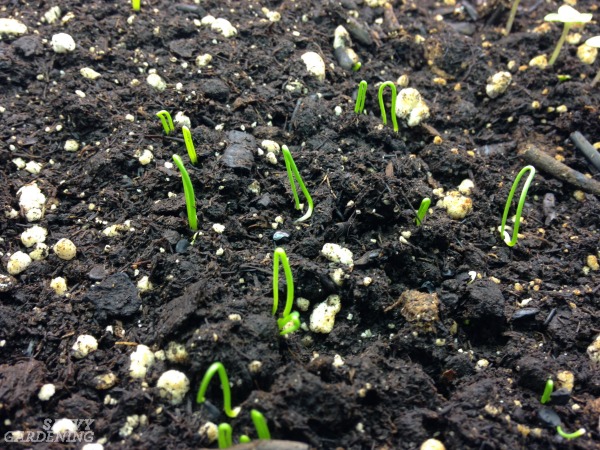


Stone Fruit Stone fruit includes most tree fruits with large pits, such as peaches, plums, avocadoes, or even cherries.Here we discuss all manner of small-seeded fruits – but not those that have pits as typical stone fruit does! Seed Fruit Seed fruit such as apples, pomegranates, or pears are a mainstay in most people’s diets, and they are in the garden, too.

Melons We know that most melons are technically berries, but let’s face it – if you want a juicy slice of watermelon in the heat of a scorching summer day, you’re not going to want to wade past mulberries and raspberries to figure out the right tips for growing them! Your guide to summer’s finest fruits awaits you.We explore this world of long, vining plants and how they can be grown to produce edible harvests in your garden! Fruiting Vines Vines produce all sorts of fruit from cucumbers to passion fruit.Lovely lemons, luscious limes, great grapefruit, tasty tangerines and mighty mandarins… and even the freaky finger limes and more! Citrus Love citrus trees? So do we! We’re sharing tips for growing all sorts of citrus from the simple to the exotic.No matter whether they’re huge like watermelons or tiny like lingonberries, you’ll find them here! Here we discuss all elements of growing berries on bushes, trees, or individual plants. Berries Bursting with juicy goodness, berries are one of the most favored fruits.Edible Flowers Flowers you can eat? Absolutely! We’ve compiled a list of some of our all-time favorite edible flowers so that you can sample a petal on a salad or turn them into tea! In many cases here, both the flowers and some other parts of the plant may be edible, but double-check each article before you snack.We are taking a deep dive into these “good neighbor” plants, what works well together, and what should be avoided… but more importantly, we’re explaining why these things may have positive or negative impacts on your plants! Some plants work well together, and others just don’t. Companion Planting Companion planting, sometimes called intercropping, can be used to deter pests and improve yields.

Onion seed starting skin#
Do not peel off any of the dry, papery skin on the bulb it protects the bulb and keeps it fresh during storage. After the onions are completely dry, they can be stored in a root cellar or cool, dry place until used. Some people like to braid the green tops together and hang the onion bunches in the garage, shed or attic to let them dry. Keep them dry, allowing good air circulation among the bulbs. You can lay them on old window screens in a covered place or in boxes in a covered place. You'll need to dry them for two to three weeks before storing them. You can lay them on top of the garden bed to let them dry during the day. When you're ready to harvest your onions, dig up or pull the onions out of the garden in the morning. Some onions grow larger than others, so be sure to know the estimated number of days to harvest based on the variety of onion you've planted. You can dig gently around the root area to estimate bulb size. The more green leaves you have, the larger the onion. Each leaf represents approximately one layer inside the onion bulb itself. The slender green stalks above the soil are the onion's leaves. You can estimate how big the onion bulb under the soil is by looking at the green, leafy parts above soil.


 0 kommentar(er)
0 kommentar(er)
